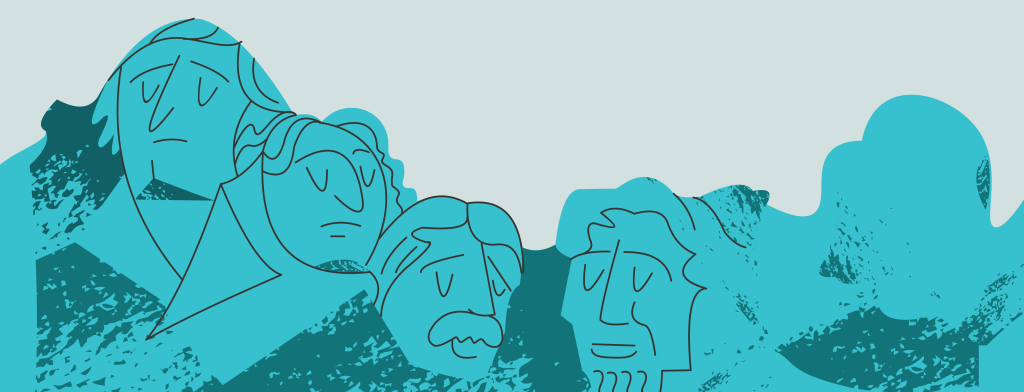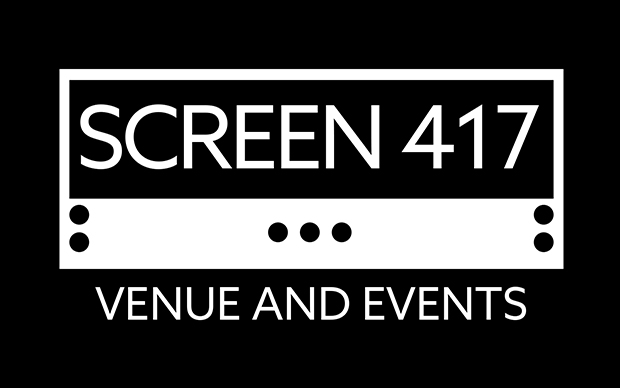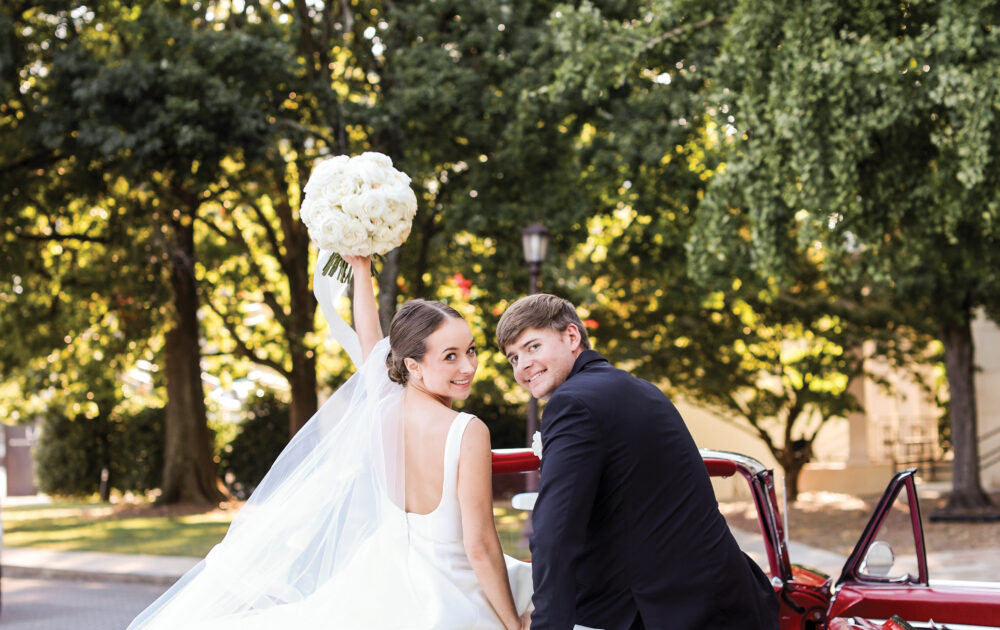
Opened Doors
Chiseled into the black hills of South Dakota is a shrine of our democracy. Mount Rushmore, like many things these days, is controversial. The Lakota people revered this mountain as Six Grandfathers. To them, the mountain stands as a symbol of the six sacred directions: north, south, east, west, above, and below, representing the influence of many years full of wisdom, kindness, and love like grandfathers.
Mount Rushmore’s original concept was to honor heroes of the west: explorers Lewis and Clark, Wild Bill Cody, and Oglala Lakota Leader Red Cloud. Instead, sculpted reliefs symbolizing the historical contributions of four presidents were chosen in favor of representing our developing nation’s identity and values to inspire patriotism.
The reliefs of George Washington, Thomas Jefferson, Theodore Roosevelt, and Abraham Lincoln stand boldly along the skyline for two million visitors a year. It is not surprising to learn of the many objections to the character of these men. Slavery, genocide, and racially biased progression create a dueling interpretation of their legacies in building our country.
George Washington was a faithful leader and the first president during our fight for independence. Thomas Jefferson co-authored the Declaration of Independence, the inspiration for our democracy, and pushed westward expansion. Theodore Roosevelt led progressive reforms that challenged big business and supported conservationism.
Abraham Lincoln established the path to end slavery and preserve the United States after the Civil War. The tremendous contributions of these men in the establishment of our country are evident; however, they were far from perfect. The values driving our country’s ambitions through history are idealized parallel to those of the men represented in this monument.
Who would you choose to honor if you were to have a Mount Rushmore of your own? What values do you hold so high? Would you, too, select an inspiring political figure? Would it be a celebrity, a teacher, a friend, or perhaps a spouse? Who are the people in your life that have inspired your development?
I think of the most significant influences in my life. Whose face would I memorialize in my Rushmore, and what values would guide my six grandfathers? Many changed the course of my life, individuals, who inspired the absolute best in me and broadened my horizons.
Some gave me front-row tickets to Hell, illuminating my strength and compassion. I certainly wouldn’t want to look at their face every day to remember the lessons they taught me. So, idealism it is. The sacred directions of my Six Grandfathers would be perseverance, resourcefulness, and integrity represented by my father.
My earliest memory of my dad is his making roaring engine sound effects as he barreled my chromed-out racecar over the shiny linoleum floors. Squealing tires echoed against the walls as we turned corners and raced my wheelchair toward an imaginary finish line in the hallway of the children’s hospital.
We were there for another routine visit to have my leg casts removed and replastered. The equipment they used to remove my old casts looked like a pizza cutter but sounded like a skill saw. No matter how many demonstrations the doctor gave me of how safe it was to touch, he couldn’t convince me the device would cut my leg off.
I was terrified, and every two weeks fought as if my life depended on it. I clung to my dad for strength and comfort through my earliest years of healing from club feet. I learned to persevere from my dad, that, and cool racing sound effects.
My dad is the most resourceful man. His way of thinking outside the box made for an extraordinary childhood. We fell into some hard times when I was younger, but I never saw the worry on his face. He managed three jobs to get ahead: a pressman, a snowplow driver, construction worker, working respectively days, nights, and weekends.
I remember nothing but the adventure he brought home. The best Christmas of my life was during this time. He had been working late clearing the snow from parking lots with the plow attached to the front of his blazer. Before he came home, he had cleared our entire subdivision’s streets of snow and piled it into our front yard.
My brother and I woke to a mountain as high as our house of snow. We made forts, burrowed tunnels, and chiseled sledding paths for months before it melted. That Christmas was epic, and not a single gift I have given or received since has ever come close to the joy of that year. My dad always seizes the most out of life. Hard work and creativity can make a lot happen.
“Above all things, you need to respect who you see in the mirror,” that is the advice my father gave me when I was pushing for more independence. In consideration of all the mischief and folly expected from a teenager, his advice covered quite a lot.
He spoke from the experience of a teenage dad. We all face hardships and challenges in this life with varying degrees of resources and experience. When we live with integrity, even within our mistakes, we can respectfully meet our reflection. Of all the times I have felt regret or shame, it resulted from failing to follow this advice.
I may have always been a daddy’s girl, yet as a woman grown, I can see my father as a man and not a hero conceived to mythical proportions. This personification strengthens, not weakens, my decision to place him on my Rushmore. Life can be messy, clumsy, and painful when we strive to better ourselves and our conditions that we learn the most about ourselves and what we value.
Our purpose on this Earth is not to achieve perfection but to unlock our potential. The choice to put the faces of four men, Washington, Jefferson, Roosevelt, and Lincoln, on the side of a mountain inspire us to reflect on the possibilities for our country.









